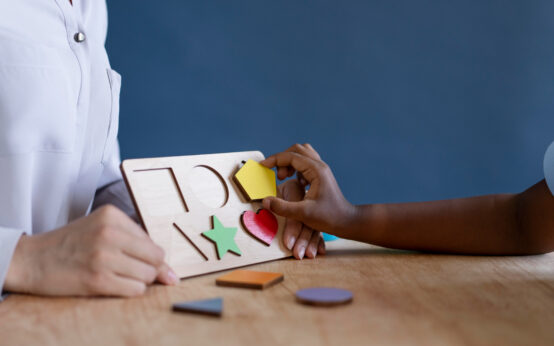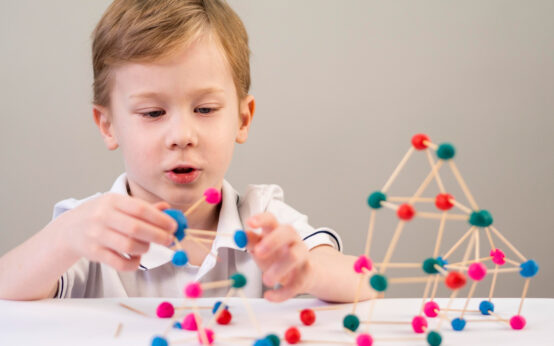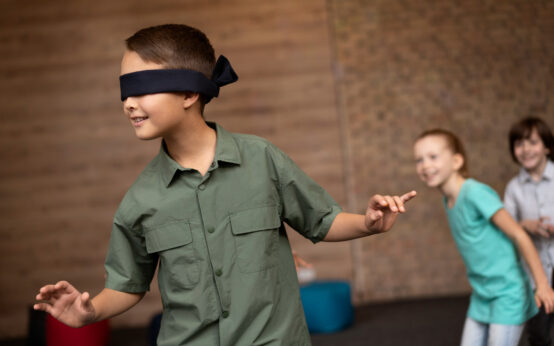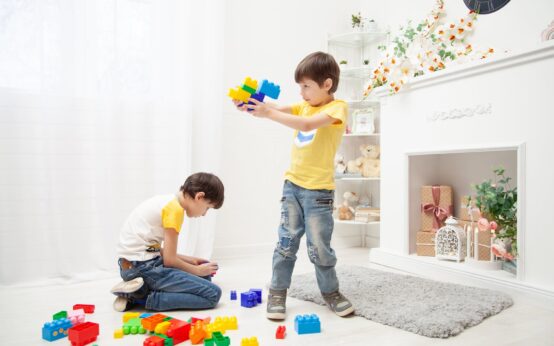Introduction
Engaging children with disabilities, autism, or additional needs in enjoyable activities is not only beneficial for their well-being but also a stepping stone towards skill development. In this article, we’ll explore the world of paper plane play and understand why it’s an ideal activity for children facing unique challenges. Paper plane play serves as a versatile and creative outlet for children with diverse abilities, contributing to the enhancement of fine motor skills and the promotion of social interactions.
The Beauty of Paper Plane Play
Engaging in the playful art of paper plane creation entails the charming process of meticulously folding a single sheet of paper into the iconic airplane shape. The ensuing joy arises from unleashing the crafted plane into the air, gauging its flight distance, speed, and precision. However, the significance extends beyond mere enjoyment; this activity proves exceptionally beneficial for children facing disabilities, autism, or additional needs, fostering cognitive and motor skills while providing an inclusive and enjoyable experience.
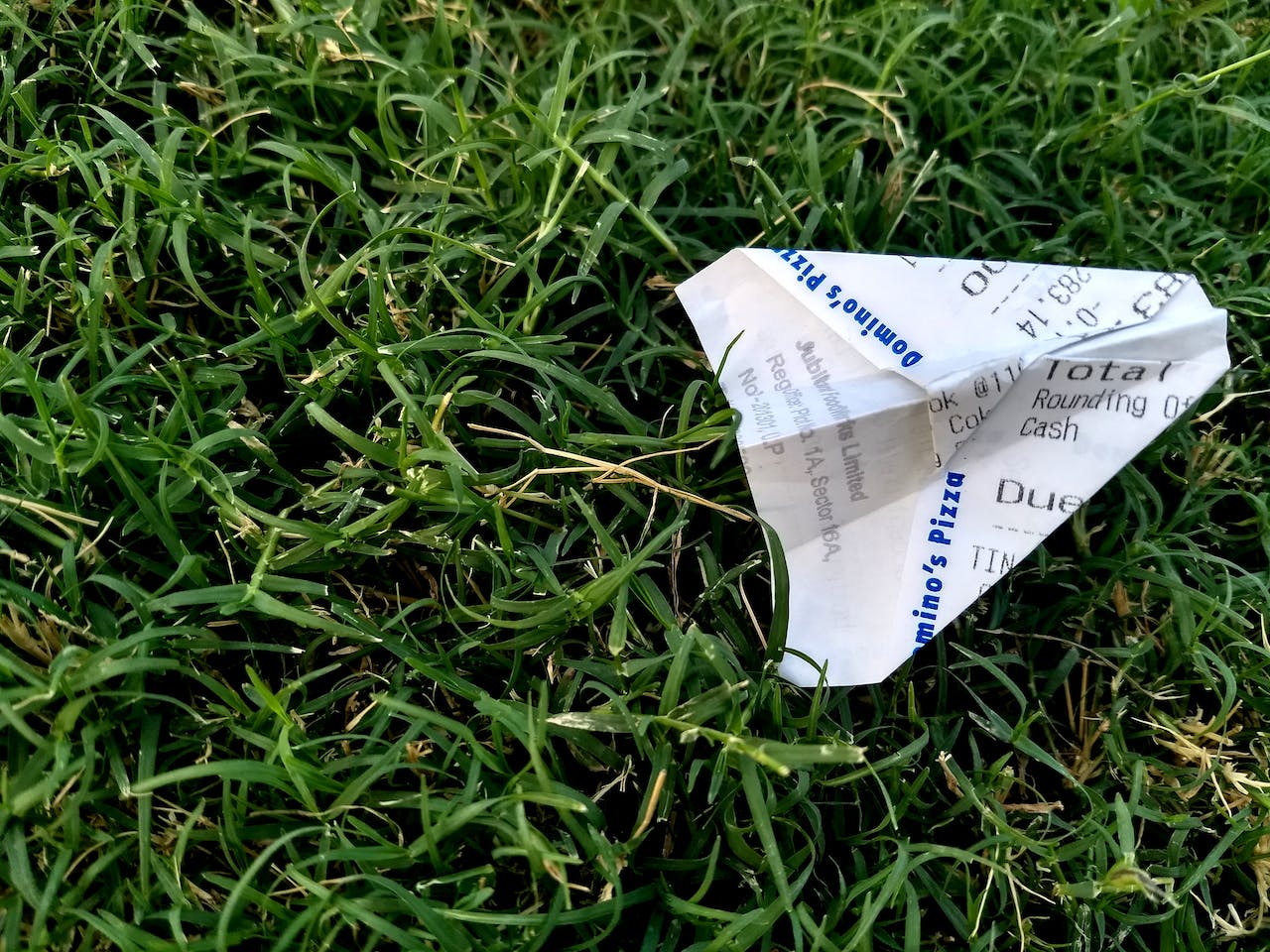
Skill Development through Paper Plane Play
Making paper planes serves as an excellent tool for the development of fine motor skills and problem-solving abilities. As children engage in the intricate folds and adjustments required for crafting a paper plane, they unknowingly enhance their motor coordination and cognitive skills. This process is not just a craft; it’s a constructive way for children to explore their creativity and imagination.

Launching dreams on the wings of understanding, the paper plane play for autistic children soars beyond boundaries, turning every fold into a journey of joy and connection.
Cheryl Park
Stress Relief and Connection
Paper plane play transforms into a therapeutic outlet for children with autism during challenging moments. Immersed in the activity, they effectively divert their attention from stressors, discovering solace and reassurance in the process. Moreover, participating in paper plane play alongside others cultivates connections and companionship, establishing a nurturing environment. It proves to be especially comforting for these children facing unique challenges in their daily lives.

Getting Started with Paper Planes
To embark on this exciting journey, all you need is one or more pieces of paper and a safe space for flying the planes. Whether done independently, with parents, or in a group setting, making paper planes is a versatile activity that caters to various preferences.
- Search for a paper plane template online for inspiration.
- Choose a safe space for test flights, experimenting with different starting places.
- Explore diverse wing shapes and sizes to understand their impact on flight.
- Discuss with your child the influence of factors such as wind conditions on the plane’s trajectory.
- Encourage creativity by having competitions to see whose plane flies the furthest or highest.
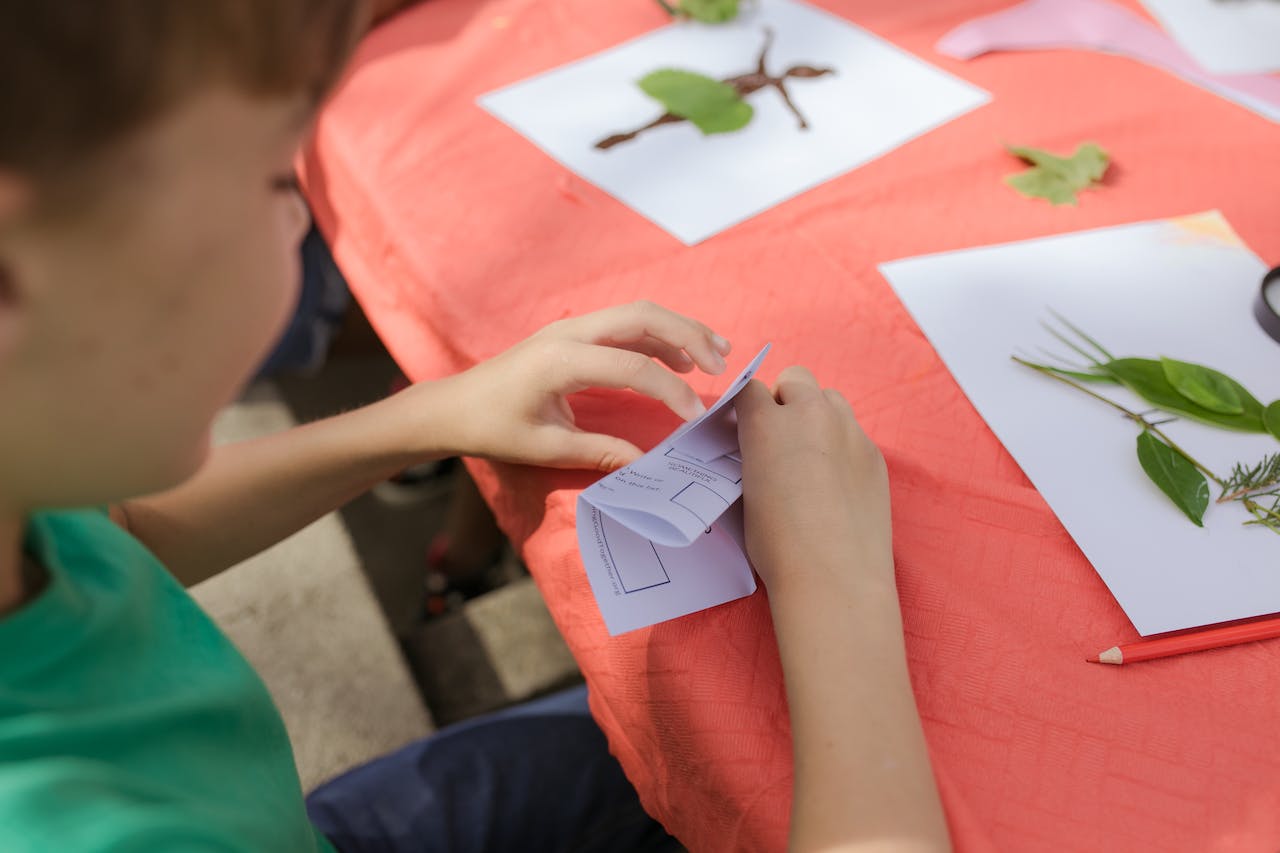
Note: Safety is paramount, so ensure children aim their planes away from people’s faces.
Adapting Paper Planes for Diverse Abilities
Recognizing the diverse needs of children, adjustments can be made to cater to different abilities:
- For children with fine motor challenges, provide assistance or let them guide the folding process.
- Overcome social interaction difficulties by encouraging self-competition or organizing small group activities.
- Address sensory sensitivities by taking turns to fly planes, creating a more controlled and comfortable environment.
Conclusion
Paper plane play transcends the boundaries of a simple childhood activity. It becomes a tool for skill development, stress relief, and social connection for children with autism. Embracing the joy of crafting and flying paper planes opens up a world of possibilities, creating memorable experiences for children facing unique challenges.
Source
- Bayat, Mojdeh. Play-Based Interventions for Children and Adolescents with Autism Spectrum Disorders. Jessica Kingsley Publishers, 2016.
- Cimera, Robert E., and Megan Burgess. “Do Instructional Practices Impact the Academic Success of Students with Emotional and/or Behavioral Disorders?” Behavioral Disorders, vol. 39, no. 2, 2014, pp. 116-126.
- Khamis, Mohamed. “Fine Motor Skills in Children with Autism Spectrum Disorder.” International Journal of Special Education, vol. 34, no. 3, 2019, pp. 491-503.
- Ozonoff, Sally. A Parent’s Guide to Asperger Syndrome and High-Functioning Autism: How to Meet the Challenges and Help Your Child Thrive. Guilford Press, 2002.
- Schultz, T. R., and S. R. Stichter. “Understanding and Supporting Children with Autism.” Early Childhood Education Journal, vol. 33, no. 2, 2005, pp. 95-102.


